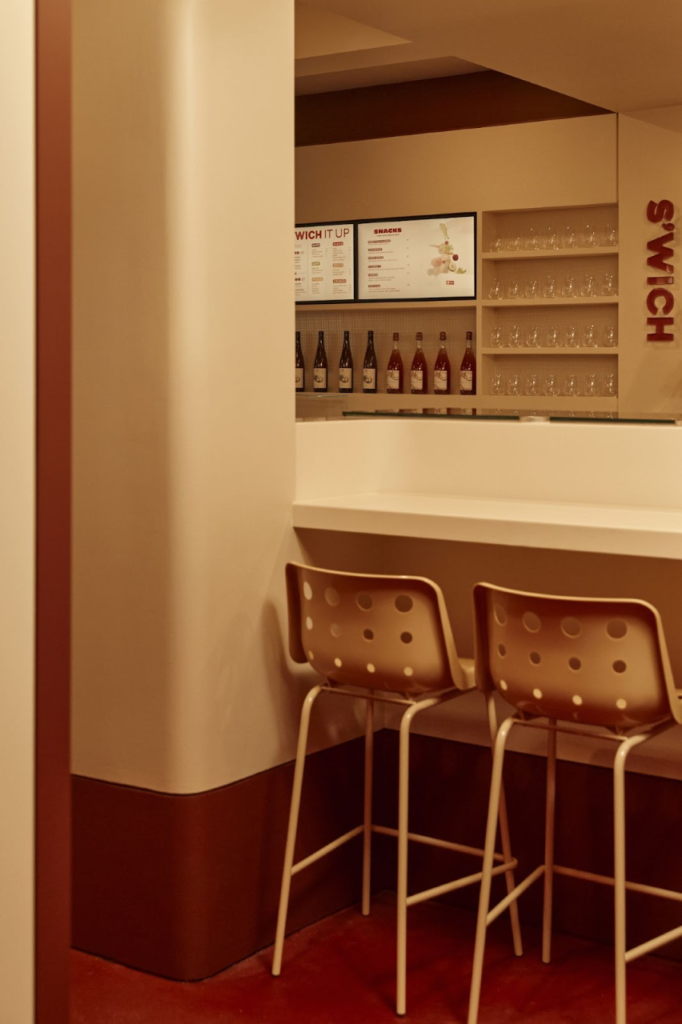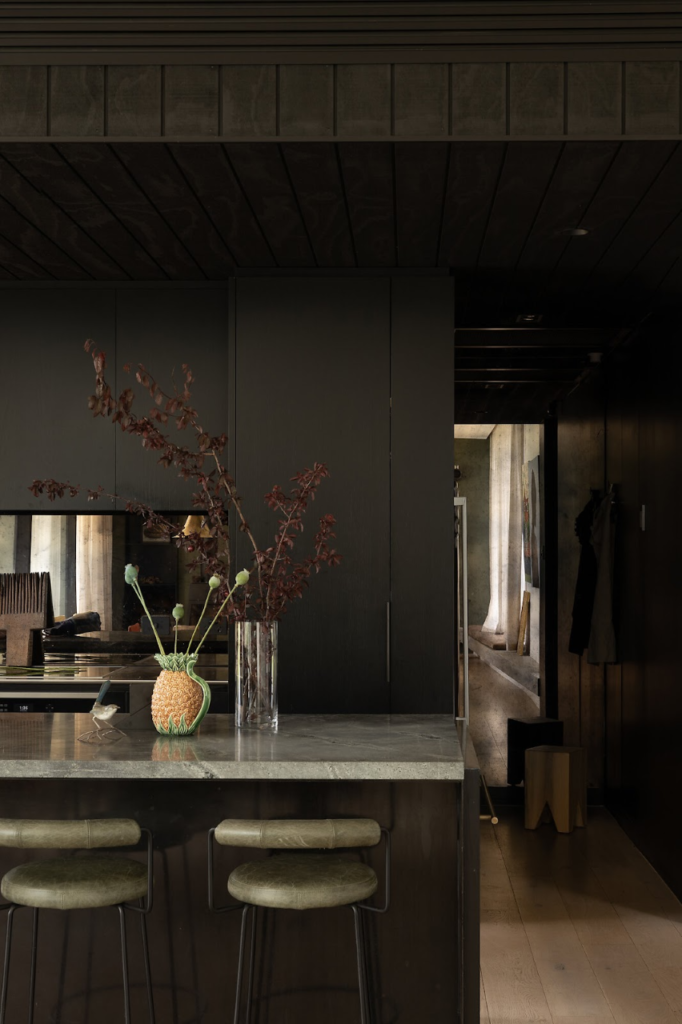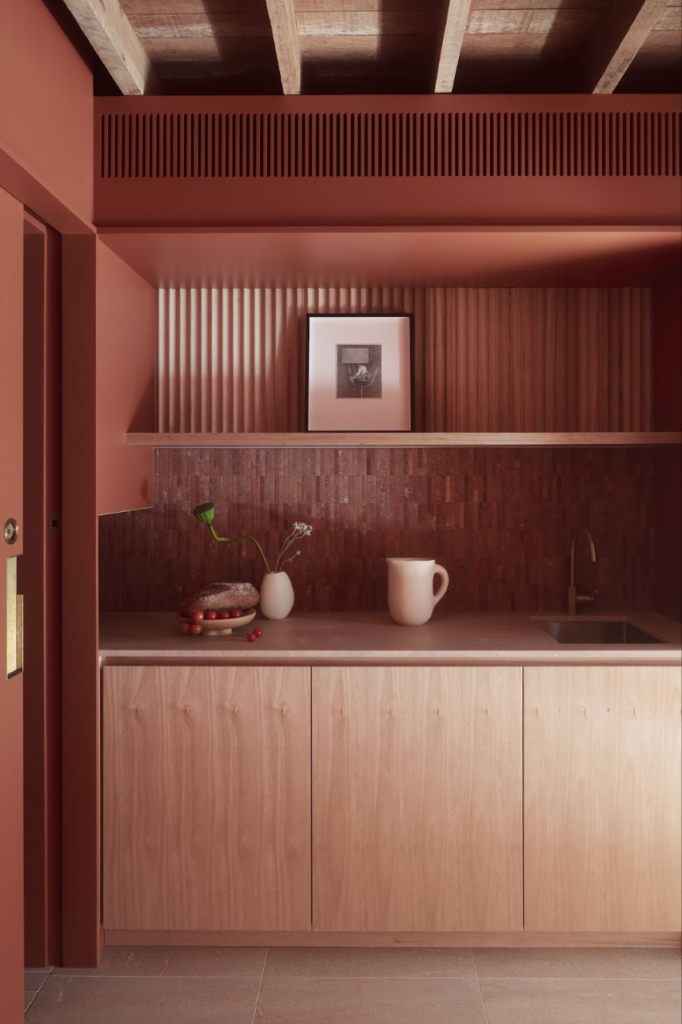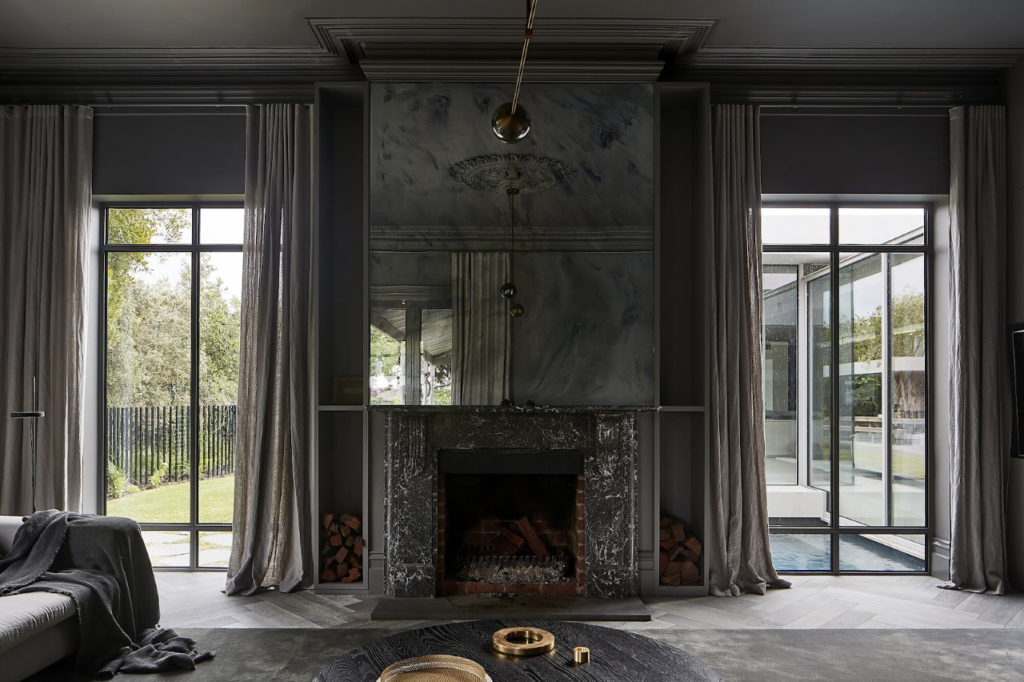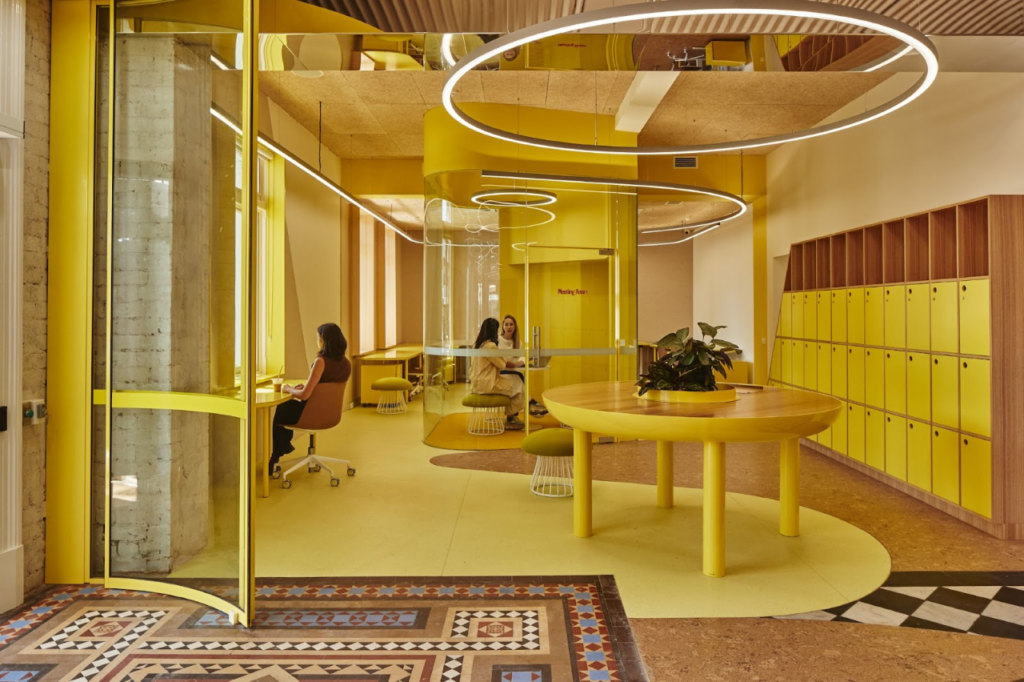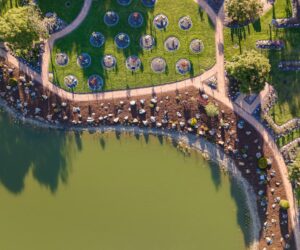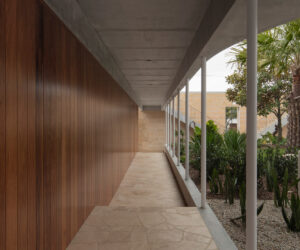Winners Announced for the 2023 Dulux Colour Awards
This year’s Dulux Colour Awards winners uniquely demonstrate the capacity for colour to transform our built environment through innovative design, ambitious scope and masterful execution.
Chosen from 113 finalists across Australia and New Zealand, the winning projects were applauded for their exceptional use of colour across a vast range of scales and typologies.
In recognising these outstanding designs, the judges acknowledged the people at the heart of each project – those creating them and those inhabiting them.
“Colour is universal but it means different things to different people,” says Dulux Colour and Communications Manager Andrea Lucena-Orr. “This year’s suite of award winners epitomises the capacity for colour to transform spaces and elicit emotion in everybody.”
“The level of ambition in each brief and the sophistication in the palettes designed to realise \ those architectural aims increases every year,” says Lucena-Orr. “From a tiny apartment
to a multi-storey community hub or a modest storage shed to a heritage theatre, the originality and brave employment of colour is outstanding.”
Epitomising everything that the Dulux Colour Awards program stands for is the Australian Grand Prix winner and recipient of the Commercial Interior – Public and Hospitality award, Sibling Architecture for the Darebin Intercultural Centre. An immediate stand out for its ambitious brief and contribution to its locale, the colour usage in this project brilliantly realises its aim to welcome a diverse community and to foster inclusive, non-discriminatory human interaction.
From the same category comes New Zealand Grand Prix winner, Shand Shelton, for the St James Theatre restoration project in Wellington. With people at its heart too, this project, dedicated to the production and enjoyment of theatre performance, saw the revitalisation of the century-old building become a celebration of craftsmanship and collaboration.
“Both Grand Prix winners demonstrated surprising colour combinations and palette choices, with outstanding success,” said the judges. “Nevertheless, the majority of award contenders were so distinct from one another, we fervently debated the merits of each, particularly in the Residential Interior, Workplace and Retail, Public and Hospitality, and Student categories.”
Special mention must be made of the latter. “The calibre of this year’s student entries rendered it one of the strongest categories and we were impressed with the originality, maturity and conviction displayed in the array of design entries,” said the judges.
As far as noteworthy directions, sage and blush hues emerged as a strong colourway in a range of projects and there were also numerous outstanding examples of commitment to a single colour, from a demountable bookstore to a basement apartment.
“Across the board, the high calibre of projects is to be celebrated for they represent a mastery in colour usage, which can only serve to improve our built environment, and ultimately our collective and individual experience of it,” said the judges.
Bringing a wealth of design-industry expertise to their endeavours, the respected panel comprised: Andrew Piva, Director of B.E Architecture; Brahman Perera, Inter-disciplinary Designer and Director of his eponymous studio; Lisa Lee, Senior Interior Designer of Snøhetta; Sarah Carney, Project Director of CTRL Space; and, Byron George, Director of Russell & George.
“Colour is a powerful and integral design tool, and we are constantly astounded by the level of innovation with which architects and designers employ it,” says Andrea Lucena-Orr. “It is our great pleasure at Dulux to collaborate with such courageous, creative minds and to award their extraordinary work.”
For further information on this year’s finalists, colour palettes, judging criteria and terms and conditions, visit dulux.com.au/colourawards
